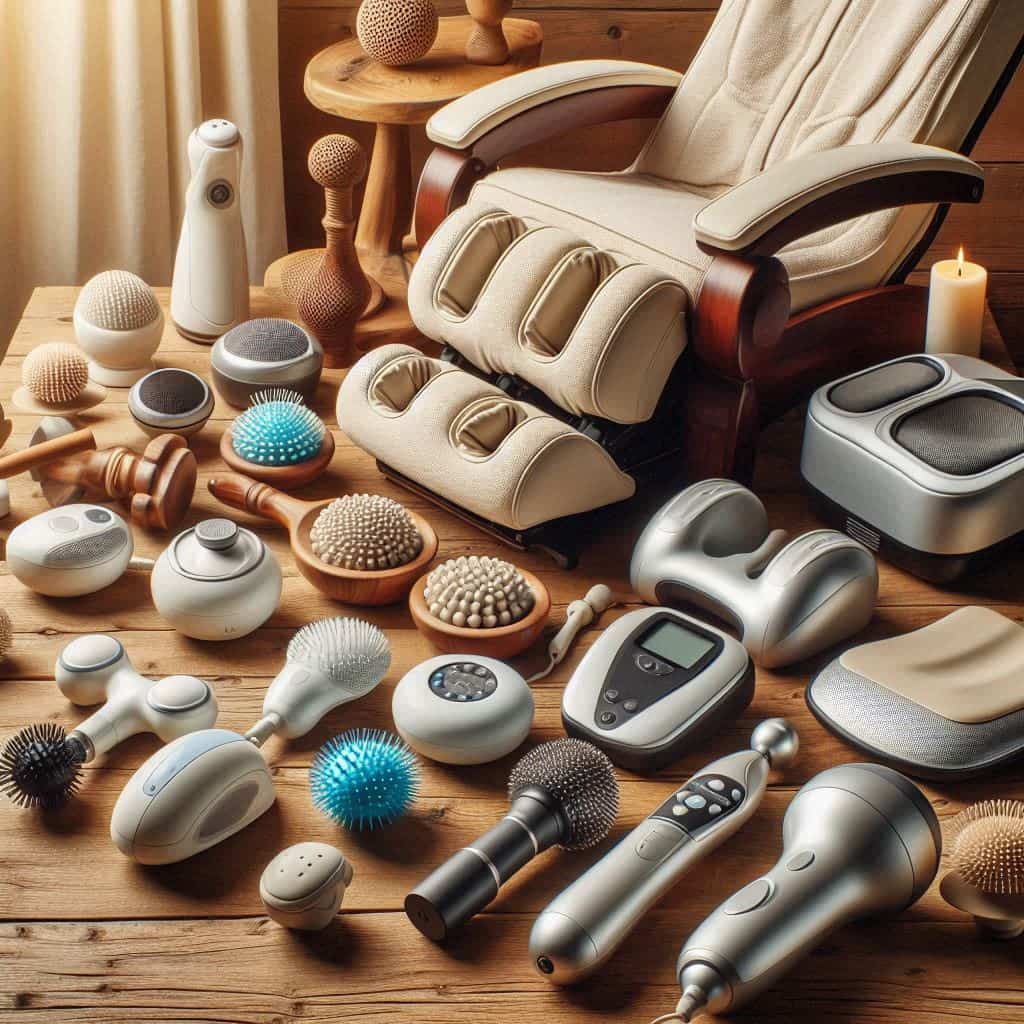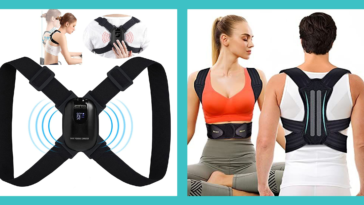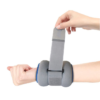-
Weight Cuff ₹979.00 QTY: 1
Fitness & Recovery, Health and Wellness, Innovative Wellness Technologies, Pain Relief Solutions, Self-Care & Relaxation
How to Choose the Best Massager for Your Needs
Hey there! If you’re reading this, chances are you’re looking for a massager that’ll melt away your stress and ease those stubborn aches and pains.…




